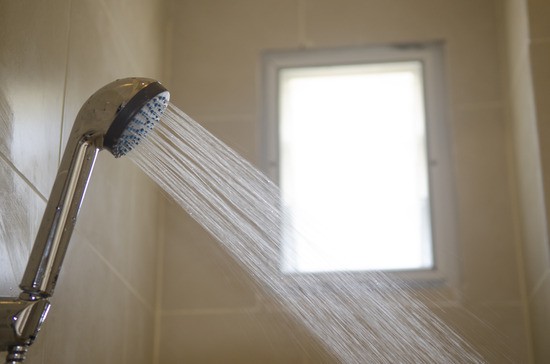
One of the great things about living in the city is constant water pressure. When you move into the suburbs and switch to well water, you may start missing that nice, even pressure you used to have. Now you have to schedule your showers to make sure no other appliance is running at the same time and no one else is showering in the second bathroom. Because as soon as dishwasher starts its cycle, your shower stream turns from a wild waterfall into a melting icicle. But don’t accept this inconvenience just yet. As Maryland well pump and water conditioning experts, we know of a solution that can help your situation—a constant pressure system.
What is a constant pressure system?
As you might have guessed, a constant pressure system is a piece of equipment that makes sure your water pressure always maintains a certain rate. It doesn’t matter if you are watering the lawn, running a dishwasher and flushing a toilet at the same time—your shower or sink will deliver water at a consistent pressure.
How does a constant pressure system work?
Constant pressure no matter how many appliances you use? That must be some sort of magic! Not at all. A typical constant pressure system works by adjusting the rotation speed (RPM) of your well pump to respond to the water demand.
In a standard well pump system, the pump will start once the pressure in the pressure tank drops low, indicating a need for a refill. The pump will then fill the tank until the pressure is restored up to the cut-off point (usually around 60psi). Then the pump will stop. If you start using several plumbing fixtures at once, the pressure in the tank will drop quickly and it may take some time for it to get back up while the pump is working. This causes pressure fluctuations, as well as wears out your pump due to the frequent on/off cycles.
Here is a quick video explaining the key differences between the standard and the constant pressure systems.
In a constant pressure system, the pump kicks in as soon as it detects a pressure drop of as little as 5psi and remains on to maintain certain psi by running slower or faster. This way, even if the flow rate goes up, you can still enjoy the same pressure. And the pump will stay on longer, which will reduce the number of frequent restart cycles and help it last longer.
How do I install a constant pressure system?
In some cases, an existing well pump system can be converted to a constant pressure system by replacing a few components, such as the pressure switch. However, in other cases it may be better to upgrade your entire system. If your system is already old, you could install a constant pressure well pump, a reverse osmosis system, as well as replace your pressure tank with a smaller, more compact one. Because your constant pressure system will kick in at as low as 5psi threshold, you don’t need a huge tank to keep all that water, as it will be provided on demand.
Who should use a constant pressure system?
A constant pressure system is for anyone who doesn’t like fluctuating or low pressure. It can be used both in private wells and municipal water systems. If you’ve recently added new plumbing fixtures in you home addition or a sprinkler system, a constant pressure system can help you maintain adequate water supply to all of these points of use.
However, it is not a cure-all solution for all your water problems. It addresses only pressure fluctuations that are related to how traditional well systems operate. If you have a low-yielding well or old pipes clogged with mineral deposits, the constant pressure system is unlikely to solve your problems. Get in touch with your Maryland well pump professional for a consultation before you decide to install a constant pressure system.
Our experts at R&G Water Systems are always happy to help with professional advice or recommendation.
